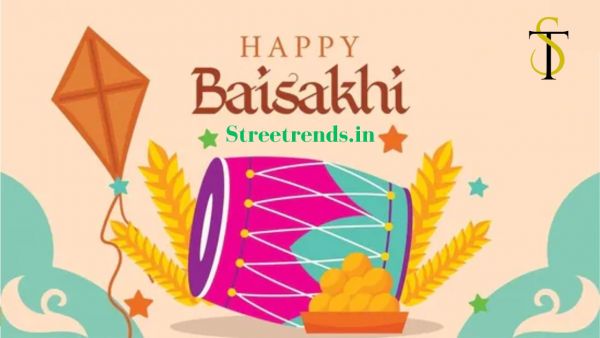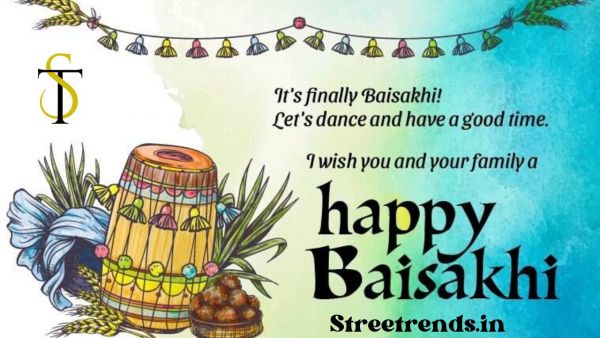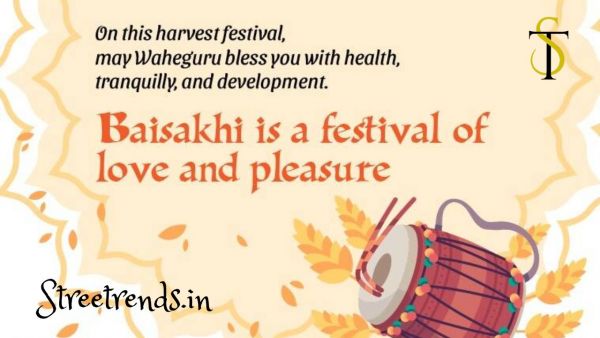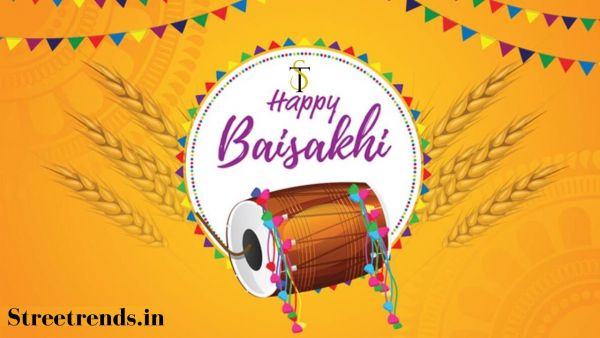
Celebrate Baisakhi 2023 With Tradition and Joy
Baisakhi, also known as Vaisakhi, is a popular harvest festival celebrated in the northern Indian state of Punjab and by the Sikh community worldwide. It is observed on the 13th or 14th of April every year and marks the beginning of the new solar year in the Hindu calendar. The festival has both religious and cultural significance and is marked by a variety of customs and rituals that reflect the rich history and traditions of the region.
A harvest festival in Punjab, also called Vaisakhi, Baisakhi, is the beginning of the Sikh New Year. It celebrates a bountiful harvest and seeks blessings for the future. Baisakhi is a time to celebrate Punjab's rich culture and traditions with family and friends. all people are dressed in traditional attire during the festival. Baisakhi is a festival that both men and women celebrate. Men wear kurtas and dhotis, while women wear salwar-kameez and sarees.

Historical Significance:
Baisakhi has a long and complex history, with roots dating back to ancient times. In the Hindu tradition, it is believed to commemorate the birth of the Khalsa, a community of warriors established by Guru Gobind Singh, the tenth Sikh Guru. According to Sikh mythology, Guru Gobind Singh created the Khalsa in response to the oppression and persecution faced by the Sikh community at the time. He baptized five Sikhs as the first members of the Khalsa on the day of Baisakhi in 1699, and asked them to follow a strict code of conduct known as the "Five Ks."

Cultural Significance:
Baisakhi is primarily celebrated as a harvest festival in Punjab, where it marks the end of the winter cropping season and the beginning of the new agricultural year. Farmers traditionally offer thanks for a good harvest by performing bhangra and gidda, two traditional Punjabi dance forms, and by preparing and sharing special foods such as sarson da saag and makki di roti, which are made from mustard greens and corn flour respectively.
The festival is also an important occasion for the Sikh community, who celebrate it as a day of spiritual renewal and rededication to the principles of their faith. Sikhs around the world mark the occasion by visiting gurdwaras, the community centers where they worship, to participate in prayers, kirtans, and langars, or community meals. The gurdwaras are decorated with colorful lights and banners and are filled with the sounds of music and chanting.

Rituals and Customs:
The celebrations of Baisakhi are marked by a variety of customs and rituals, which vary from region to region and community to community. In Punjab, farmers begin the day by taking a dip in the nearest river or lake to purify themselves, and then proceed to the gurdwara for prayers and offerings. After the religious ceremonies are over, the day is spent in feasting, dancing, and other forms of merrymaking.
In other parts of India, Baisakhi is observed as a day of charity and goodwill. People make donations to the poor and the needy and participate in community service projects such as cleaning up public spaces and planting trees. Schools and colleges organize cultural programs and competitions, and people of all ages participate in traditional games and sports such as kabaddi, tug-of-war, and wrestling.

Conclusion:
Baisakhi is a vibrant and colorful festival that embodies the spirit of community, gratitude, and renewal. Whether it is celebrated as a harvest festival or a religious occasion, it brings people together to share in the joys of the season and to reaffirm their faith and commitment to their traditions. With its rich history, cultural diversity, and spirit of goodwill, Baisakhi is truly a festival of the people, by the people, and for the people.
The best way to create Baisakhi festive atmosphere in your home is to decorate it with colorful rangolis, flowers, and lights.
You are also hang up a traditional Punjabi door hanging, known as a toran, made of marigold flowers.
During Baisakhi, it is a time to enjoy traditional Punjabi dishes such as Sarson Ka Saag and Makki Ki Roti, Chole Bhature, and Kheer. Also, make lassi or chaos at home to beat the summer heat.
You can experience the culture and traditions of Baisakhi by attending a Baisakhi mela. From folk dances to music to funfair games and food stalls, there is something for everyone at a Baisakhi mela. You can spread joy and happiness by donating to a charity or volunteering at an NGO during Baisakhi.




